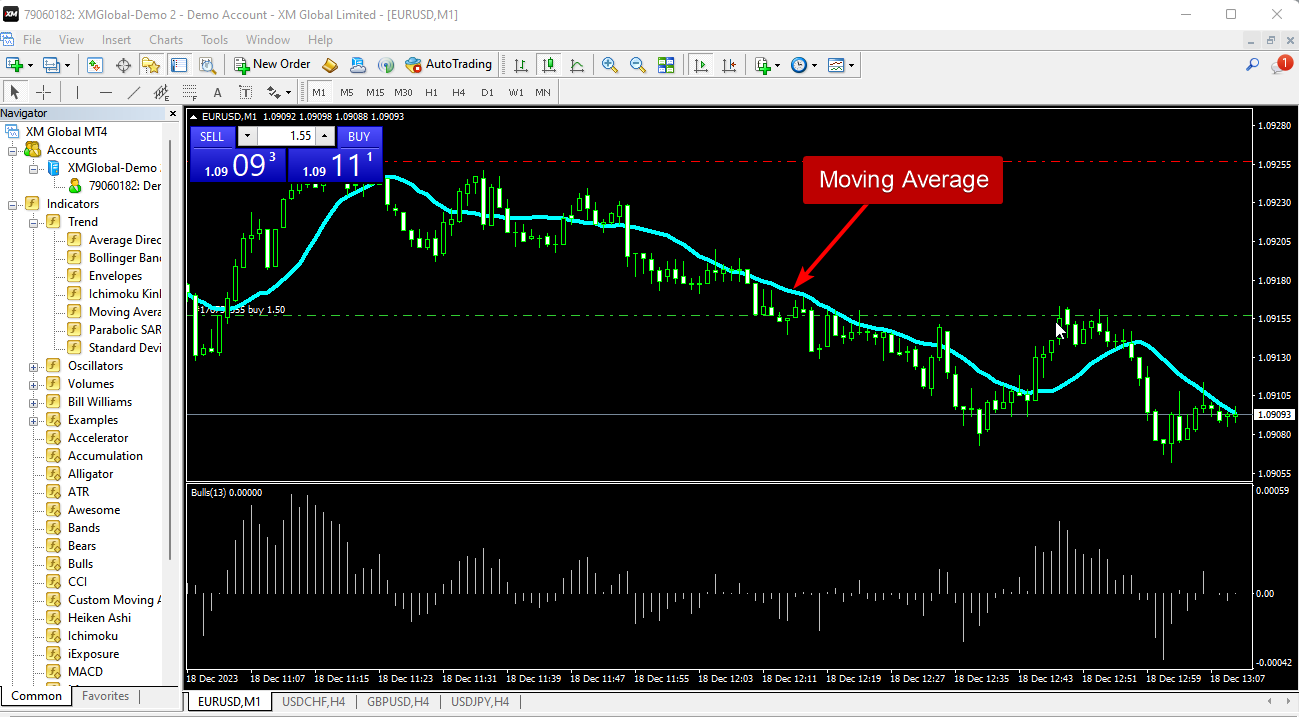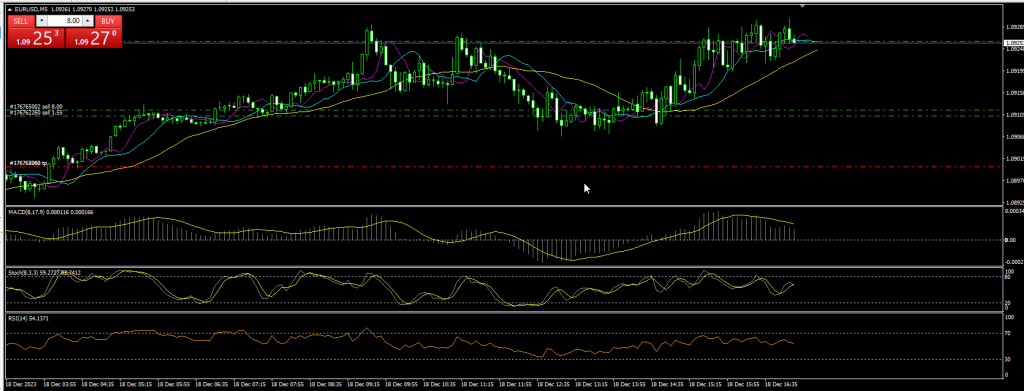Welcome to another informative lesson of Forex trading! When you start the trading, the situation is something else than when you feel now, that feeling is so daunting for anyone new to the trading. With prices constantly fluctuating and trends changing in the blink of an eye, you need reliable tools to guide your trading decisions. This is where Forex indicators come as handy tool, acting as your compass in guiding you towards taking right decisions. We will guide you in this lesson how to keep update yourself on this

Imagine these as mathematical formulas applied to price and volume data, then translated into visual elements on your charts. These visuals aim to:
Identify Trends: Indicators like Moving Averages and Bollinger Bands show whether the price is trending up, down, or sideways. Think of them as pointing the direction of the current.
Gauge Momentum: Tools like the Relative Strength Index (RSI) and Stochastic Oscillator reveal if the price movement is gaining or losing steam. Picture them as measuring the wind’s force behind the waves.
Predict Potential Reversals: Oscillators like MACD and Awesome Oscillator can hint at when a trend might be reaching its turning point. Consider them as warning signs of a possible change in direction.
Measure Volatility: Average True Range (ATR) and Bollinger Bands show how much price movement to expect, helping you manage risk. Think of them as a gauge predicting the size of the waves you might encounter.
When their are many to choose, selecting the right ones can be overwhelming. Remember:
Start simple: Begin with popular indicators like Moving Averages and RSI, understanding their core principles before venturing into complex tools.
Match your style: Choose indicators that resonate with your trading strategy. Trend traders might favor Moving Average Convergence Divergence (MACD), while swing traders might prefer Stochastic Oscillator or Average True Range (ATR).
Test and refine: Back-test your chosen indicators on historical data to assess their effectiveness. Don’t blindly rely on past performance, adapt your indicators as market conditions change.
These are powerful tools, but they shouldn’t be your sole decision-making factor. Always consider economic fundamentals, geopolitical events, and market sentiment alongside technical analysis. Think of them as additional sails adjusting your course with the overall wind and currents.

The best way to master forex indicators is through practice. Open a demo account and experiment with different indicators on various charts. Observe how they react to different market conditions and refine your understanding of their strengths and limitations.
Bonus Tip: Explore the vast library of custom indicators available online. However, be cautious of overly complex or unproven indicators, and always prioritize reliable sources and community feedback before implementing them in your trading strategy.
With dedication and practice, you can transform forex indicators from confusing symbols into powerful allies for navigating the exciting world of forex trading. Remember, knowledge is your compass, and indicators are your map. So, chart your course, conquer the forex market, and trade with confidence!
Further Resources:
Go forth, young trader, and make the forex market your playground!
© 2015-2023 PipupFX. All Rights Reserved.
HIGH RISK WARNING: Foreign exchange trading carries a high level of risk that may not be suitable for all investors. Leverage creates additional risk and loss exposure. Before you decide to trade foreign exchange, carefully consider your investment objectives, experience level, and risk tolerance. You could lose some or all of your initial investment. Do not invest money that you cannot afford to lose. Educate yourself on the risks associated with foreign exchange trading, and seek advice from an independent financial or tax advisor if you have any questions. Any data and information is provided ‘as is’ solely for informational purposes, and is not intended for trading purposes or advice. Past performance is not indicative of future results.